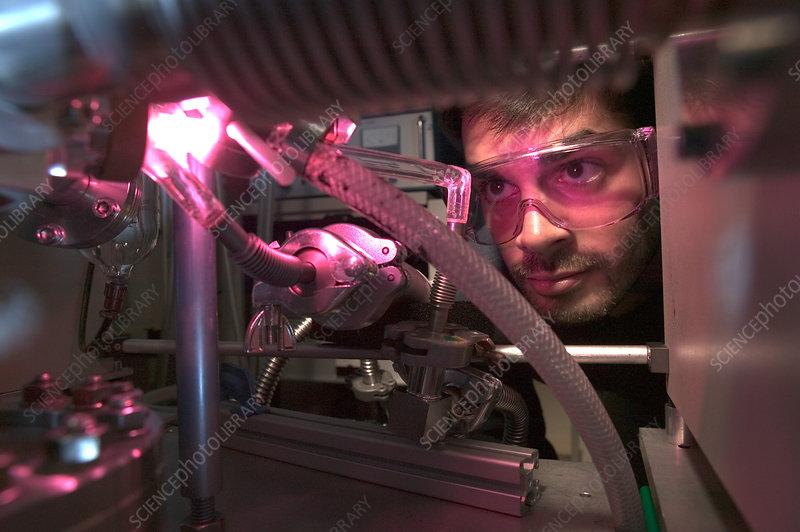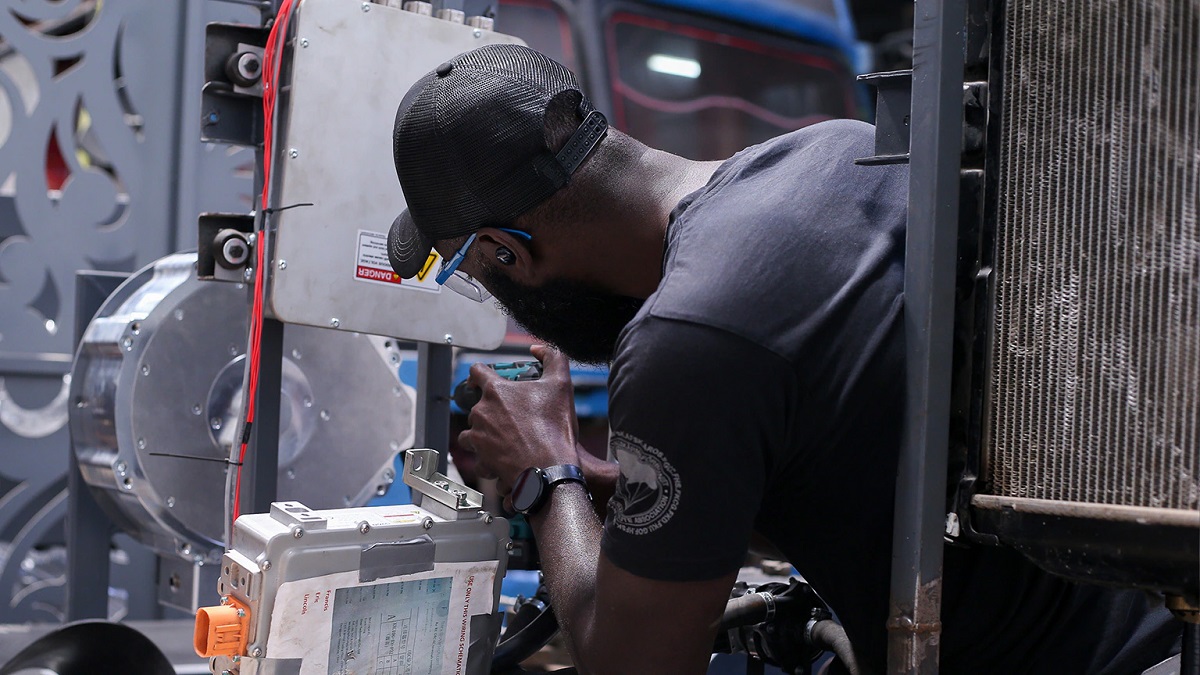Talent crunch looms over manufacturing’s future
- Global gap of skilled labour force threatens manufacturing industry.
- Rate of skilled labour retirement higher than incoming talents.
- Early field training could be a solution to skilled labour gap.
Skilled labour is a challenge particularly for the manufacturing industry as the previous workforce is retiring at a faster rate than their gap can be filled. According to Musa Janafy, a lecturer at the University of Dar es Salaam, while Tanzania and most of the rest of Africa seeks to industrialize, skilled labour is proving to be a challenge.
“The manufacturing industry, particularly in this digital age, requires a highly skilled labour force… until we can bridge this skilled labour force gap, we will be forced to accept labour migration from abroad,” he said in an exclusive interview with The Exchange.
He said foreign investors bring their own skilled labour force because of the lack that the country faces. He cited local content in the oil and gas industry, saying even Tanzanian investors are forced to import skilled labour due to a biting talent gap.
Nonetheless, he lauded ongoing government efforts to bridge the skilled labour gap while insisting more needs to be done to ensure the country produces enough skilled labour of it’s own.
Global gap of skilled labour
Advanced industrial manufacturers around the globe continue to be challenged by the widening gap of skilled labour.
“Despite advances in technology (such as gen AI and new approaches to crew scheduling), manufacturers are still struggling to increase productivity, a challenge driven in large part by a younger, less experienced labor force,” states Brooke Weddle, author of the research labour research titled ‘Investing in the manufacturing workforce to accelerate productivity.’
According to the report, the hard but needed solution is to reduce time to proficiency that is, the time it takes for an employee to reach the specific level of skill required for their specific role so as to contribute effectively.
According to the research, the ‘slow time to proficiency’ also means that new, young talent isn’t earning as much nor as fast as their predecessors due to the traditional relationship between tenure and pay grade, which affects employee motivation and satisfaction.
Weddle details that; “Our latest research confirms what the advanced industrial manufacturing market has been feeling more broadly, a significant gap in levels of proficiency,”
Weddle’s research shows that difficult and physically taxing skilled trades such as welders, electricians, and machinists take a significant amount of time and training to master.
“However, seasoned workers are retiring at rapid rates, leaving manufacturers with a shortage of experts who can bring new joiners up to speed,”
“The problem is,” the researcher goes in to explain, “…advanced industrial manufacturers, who frequently build complex products with long cycle times, often forecast labor demand years before a bid is won and base it on assumptions of labour proficiency, which is now being fundamentally uprooted by the realities of labour supply.”
He said, what is happening now is that, when a manufacturer wants to launch a new (or old) product line that requires certain level of expertise, and because its current talent base isn’t trained to manufacture these products, the company is forced to reach out and rehire retired employees.
“As this challenge continues to grow, improving time to proficiency becomes an imperative for advanced industrial manufacturers,” he concluded.
Commenting on this reality, the UDSM researcher said; “the manufacturing industry is, by design, more insular than other sectors and so manufacturers find themselves trying to remedy a lack of workforce proficiency reactively without addressing the true root cause.”
He advised that, manufacturers should adopt solutions such as performance management and talent acquisition and development, to shorten the time to proficiency.
“Companies that do this will be able to build a more agile, capable, and productive workforce in a shorter time span,” he said and also called for government intervention to bridge the skilled labour gap.

Read also: Geothermal power: Tanzania’s renewed drive for green energy
Solving skilled labour challenges
The research analysis shows that advanced industrial manufacturing workforce is retiring, and new workers need training for complex roles. “Reducing time to proficiency could be critical to unlocking increased productivity,” the research authors advice.
Globally, the proportion of manufacturing employees over the age of 55 has more than doubled in the past 20 years and retirement rates have surged, removing a significant pocket of veteran employers with deep, institutional knowledge.
‘Brain drain‘; The researchers have conjured this phrase to describe the ongoing labour gap that is caused by a faster rate of retirement compared to workforce entry.
“Employers are facing a brain drain scenario because knowledge is not being passed down to new talent fast enough, which affects employers’ overall productivity,” the research explains.
The research shows that productivity gaps between high and low performers increase by as much as 800 percent as a task increases in complexity.
“Even manufacturers operating in the lowest-complexity jobs still experience a 50 percent premium between high and low performers,” the research shows.
The research warns that; “This trend is expected to persist as employers learn to operate in an environment in which critical knowledge and experience are leaving the workforce at a much faster rate than new talent is coming in.”
“How can we decrease time to proficiency to increase resulting productivity?” The analysis poses this query and provides three primary time-to-proficiency solutions.
Talent development is the first solution. The research suggests holistic programs that build capabilities through coaching, apprenticeship, feedback, and on-the-job learning to tackle the brain drain paradox.
Upskilling and reskilling talents is the second solution. The research suggests increasing the skills of existing talent through training of new talent by the ‘soon-to-retire employees.’
“They teach skills that are more difficult to pick up to their younger colleagues through hands on step-by-step training,” the researchers explain.
Under this solution, the research suggests pairing up less skilled workers with the thise who have the needed critical skills.
“Our research shows that companies that adopt this method almost immediately realized a 15 percent increase in throughput,” the researchers attest.
Early field training is the third solution provided by the researchers. Here, it is suggested that potential talents should be put in the field and get hands on training well before they enter the workforce.
“By doing so, the new talent comes into the industry already equipped with needed experience…and where they lack, they can easily catch up in a shorter time span,” the researchers advise.
Share this content:





Post Comment